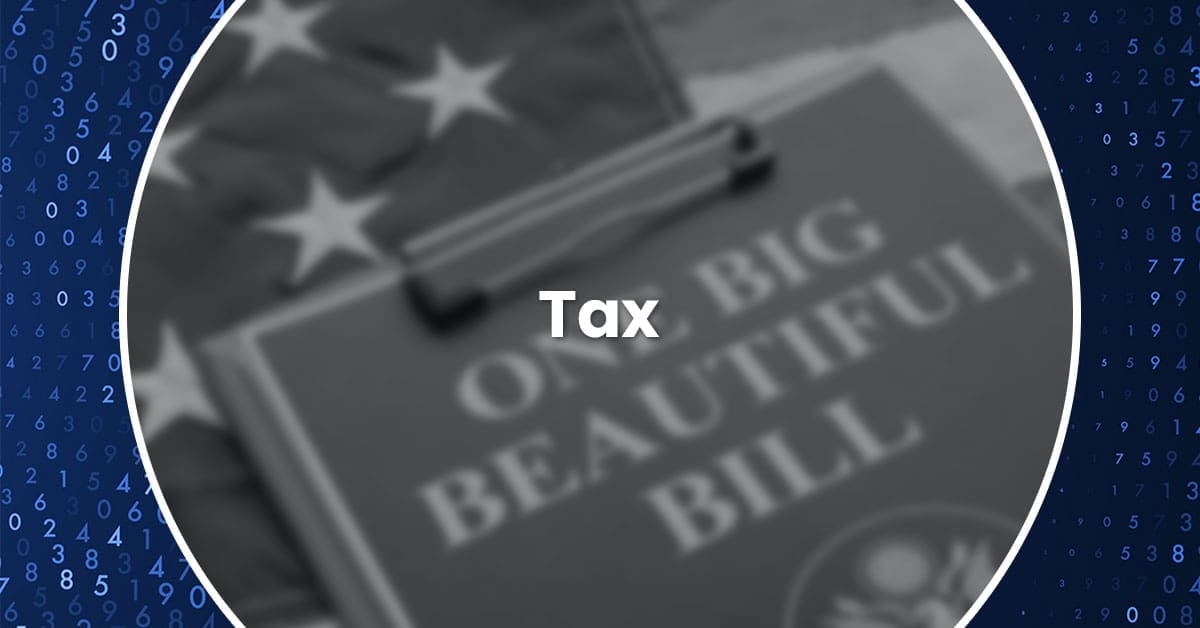Taxpayers who deferred capital gains by investing in Qualified Opportunity Funds (QOF) under IRC Section 1400Z-2 should be aware of the fast-approaching December 31, 2026, deadline for recognizing those deferred gains, which is only some 17 months away.
This alert outlines the applicable tax treatment, including the impact of the Net Investment Income Tax (NIIT), particularly for real estate professionals.
Inclusion Gain Retains Original Character
Under Treas. Reg. §1.1400Z2(a)-1(c)(1), any gain recognized in 2026 retains the same character it would have had if it had not been deferred.
This includes:
- Capital gain treatment under IRC §1(h)
- Long-term or short-term gain classification under IRC §1222
- Section 1231 treatment for property used in a trade or business
- Section 1256 treatment for certain contracts
- Any other applicable provisions of the Internal Revenue Code
This means the gain is not recharacterized due to deferral—it is treated as if it were recognized in 2026 with the same attributes it had originally.
NIIT Implications for Real Estate Professionals
The 3.8% Net Investment Income Tax (NIIT) under IRC §1411 applies to certain investment income above threshold amounts. However, gains from the sale of property held in real estate business may be excluded from NIIT if the activity does not qualify as a passive activity.
In general, for taxpayers in the real estate business, a real estate activity does not constitute a passive activity if the following requirements are met:
- The taxpayer qualifies as a real estate professional under the passive activity loss rules, and
- The taxpayer materially participates in the real estate trade or business
If these conditions are met, the gain is considered non-passive and not subject to NIIT—a treatment that also applies to the inclusion gain in 2026.
Tax Benefit of Temporary Deferral (the 10% to 15% “Haircut”)
Keep in mind that:
- If the investment in the QOF is held for at least 5 years, the taxpayer’s basis (the investment amount), used to offset the inclusion of the deferred gain, increases by 10% of the deferred gain.
- If the taxpayer holds the investment in the QOF for at least 7 years, the taxpayer’s basis will increase by an additional 5% of the deferred gain.
Key Takeaways
Here are the essential points taxpayers should keep in mind regarding Qualified Opportunity Funds and their tax implications:
- Inclusion gain in 2026 retains its original character (e.g., 1231, capital, etc.)
- NIIT applies or does not apply based on how the gain would have been treated originally
- Real estate professionals who materially participate may avoid NIIT on the inclusion of the gain deferred from the sale of property held in a real estate business
Planning Ahead for Qualified Opportunity Funds Tax Implications
Taxpayers with deferred gains from Qualified Opportunity Funds should consult with their tax advisors to evaluate the character of their original gain and to determine the appropriate tax rates to apply in 2026. Now is the time for taxpayers to consider the impact of these rules on their cash flow planning. Planning ahead can help mitigate unexpected tax liabilities. Contact us today!





 Previous
Previous






